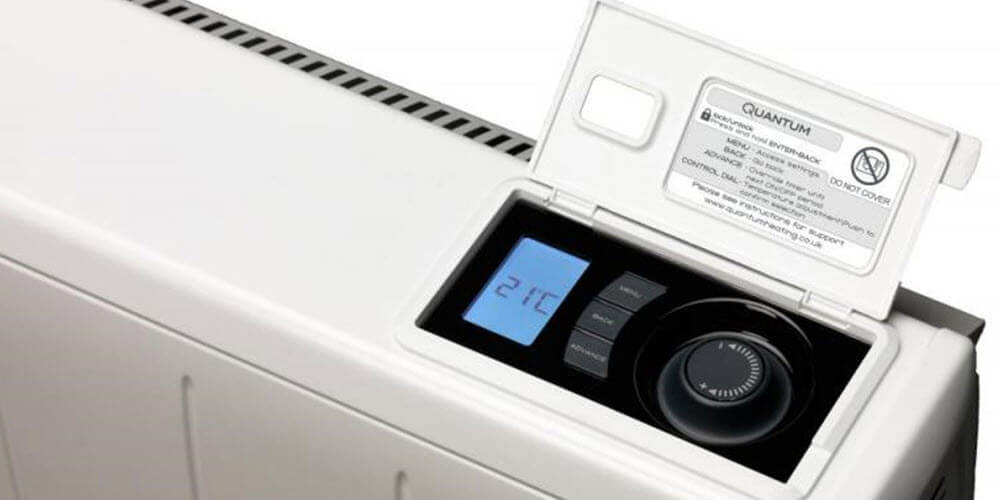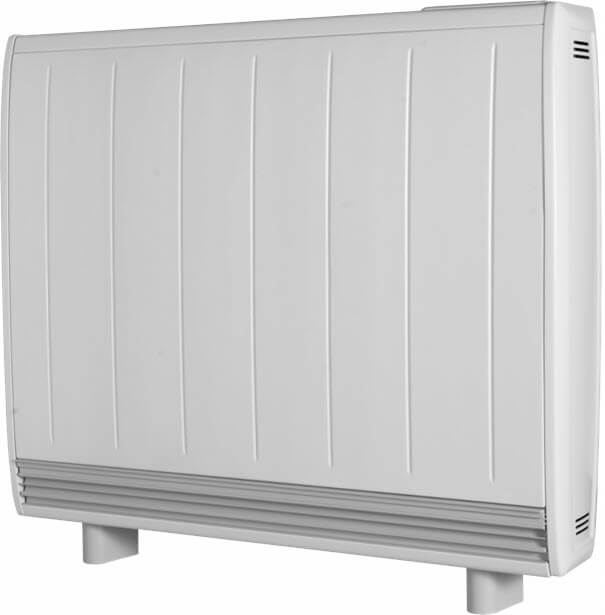Significant updates from March 2024 to the repairing standard for fixed heating systems in Scottish rented properties aim to ensure a higher level of comfort and safety for tenants.
We’ve been receiving more enquiries about the new repairing standard, prompting us to create a series of blog posts to help landlords and property managers, as well as providing our insights on what we believe to be the most effective solution.
Understanding Annex D6: Fixed Heating Systems Requirements for Rented Homes in Scotland.
Below we’ll cover each key fixed heating standard and then we’ll provide expert thoughts from our MD, Mark Denholm.
New standard D.103 and D.104 – Mandatory Fixed Heating System:
D.103 and D.104 says:
The new standard mandates that space heating in rented properties must be provided by a fixed heating system. This system should be a permanent, plumbed, or hard-wired installation, capable of maintaining a temperature of 21°C in at least one room and 18°C in other areas, even when the outside temperature drops to minus 1°C.
Importantly, the reliance on plug-in or portable heaters is only acceptable temporarily during repair works.
What Mark says about D.103 and D.104:
Throw away your portable heating, this is one off the most expensive ways to heat your property.
IES recommend installing Dimplex Quantum electric storage heating, these heaters are designed to be user-friendly, with features like LCD displays, touch-sensitive controls, and various operational modes to optimise energy consumption and comfort. For instance, the storage heaters have a thermostat to set room temperatures, and functions like boost and auto boost to manage heat distribution.
Using these heaters can provide significant cost savings, especially if your home is equipped only with electricity and you can shift energy-intensive tasks to off-peak hours. However, it’s essential to ensure that your energy supplier offers an Economy 7 tariff to make the most of these savings.

New standard D.105 – Coverage and Acceptable Heating Systems:
D.105 says:
Most Scottish homes have central heating systems that distribute heat to all parts of the property. The standard considers a home compliant if its central heating system, whether powered by electricity, gas, oil, or other communal sources, covers all necessary rooms. Additionally, it is acceptable for certain rooms, like bathrooms, to have secondary heating systems like a standalone heater.
What Mark says about D.105:
If you can’t have a full central heating system, you can consider installation electric underfloor heating or a heater towel rail in your bathroom. Both can be controlled by a wireless receiver to allow you to operate the heating when it suits or off-peak times allowing you to take advantage of reduced electricity rates.
New standard D.106 – Alternative Heating Systems:
D.106 says:
Electric heating systems that adopt a holistic design approach to the dwelling are also acceptable under the new standards. These can include a mix of active or passive designs or a combination of technologies if they provide sufficient heat throughout the property.
What Mark says about D.106:
The new standards for heating systems in Scotland suggest that a holistic design approach is acceptable. This means that the heating system can be designed to consider the entire property comprehensively.
It can incorporate a variety of techniques and technologies, both active (like central heating) and passive (such as insulation or solar gain), if the combination effectively heats the entire property.
This flexibility allows for the integration of different heating solutions, tailored to the specific needs and design of each dwelling, ensuring efficiency and effectiveness in maintaining comfortable temperatures.
What the new standard D.107 – Compliance with Energy Efficiency Standards:
D.107 says:
It is essential that any fixed heating system in place complies with the current energy efficiency or heat in buildings standards required for private rented housing in Scotland.
What Mark says:
This requirement ensures that heating systems in rental properties are not only effective in providing necessary warmth but also operate in an energy-efficient manner, reducing energy consumption and environmental impact. It’s a part of broader efforts to enhance energy efficiency in residential buildings, aligning with environmental goals and sustainability practices.

Brought to you by IES, your Electrical Experts in Edinburgh
We hope you’ve found Mark’s insights valuable on how the new repairing standard will affect fixed heating systems in Edinburgh’s rented properties.
We’re well known as electric heating experts in Edinburgh, so if you have any questions or need further information please feel free to reach out to either Lisa, Mark, or Chris. We’ll be happy to discuss options with you.
Our recent article (Part 1 in this series of industry updates) provided information on the changes to the Electrical Safety Repairing Standard for Scottish Landlords.
The next articles in this series:
- Part 3 focuses on Fire Safety Repairing Standard.
- Part 4 focuses on Water Safety Repairing Standard.
You can also find out more on the Scottish Government website here.
Finally, feel free to leave a comment below and we’ll respond here.


I found this article really interesting , we have since arranged for survey to be carried at our property! Keep up the good work!
Thanks for commenting Sean, We’re excited about the opportunity to work with you.